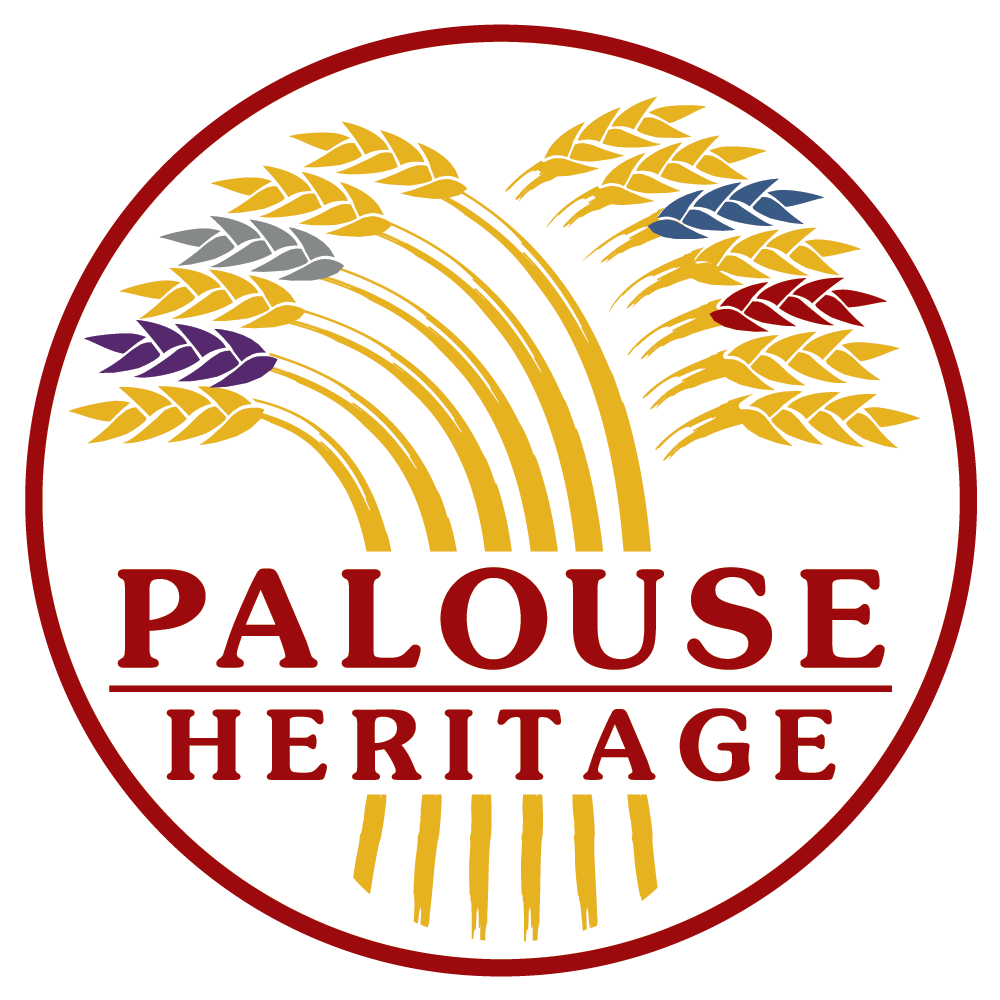This past week brought another opportunity to travel west of the Cascades to Washington’s Olympic Peninsula as Sequim was the site of an amazing organization’s annual meeting. A Family for Every Orphan (AFFEO) has long been endorsed by our families and Palouse Heritage as one of the most consequential non-profit groups focused on strategic solutions for the global orphan crisis. AFFEO is a leader in the concept of “indigenous adoption” through which caring families in other countries are challenged and equipped to promote domestic adoption in places where orphans have traditionally been institutionalized and shunned by mainstream culture. With the cost of Americans adopting children from abroad routinely ranging from $15,000 to $25,000, the expense of indigenous adoption is often less than $1,000 with funds needed for home repair and orientation seminars. In this way, AFFEO has facilitated the placement of thousands of children since it was founded ten years ago by a dedicated group of young people, many of whom have served in America’s armed forces.
German Decorative Plate (c. 1965), Palouse Heritage Collection
AFFEO executive director Micala Siler, a graduate of West Point, is passionate about strategic interventions to place orphans in caring homes in countries where they presently reside. With approximately 10,000,000 orphans presently available for adoption worldwide, she described important AFFEO initiatives underway in eight target countries—Ukraine, Romania, Kyrgystan, Russia, Ghana, Uganda, Bangladesh, and India. As I listened to the various presentations made by Micala and other team members who had come at their own expense from various parts of the country and world, I marveled at how such a group of successful young people could gather with such a spirit of determination to make a positive difference in the lives of children they would never know.
A Home for Every Orphan Board Meeting Table Spread (October, 2018)
In recent years I have traveled to Kiev, Moscow, Singapore, and other places in order to better understand the global orphan crisis and promote adoption. When the AFFEO board first gathered together from their far flung travels in Sequim this past week, I was pleased to see a flavorful spread of artisan breads at their host’s welcoming table. Through mutual friends many on the AFFEO team know about our work with heritage grains, and in this day of war refugees on the Horn of Africa, Mediterranean boat people, Central American immigrant caravans, and other turmoil, I sometimes wonder how children and parents in these circumstances manage to survive. Of course some don’t. While attending the subsequent AFFEO presentations, I found myself drawn to the Fourth Petition in the Lord’s Prayer, “Give us this day our daily bread” (Matthew 6:11). I recall reading some time ago that the last five words of that verse are a translation of a Greek term unique not only to the Bible, but in all of ancient literature. That we might be part of others’ “day-by-day” provisioning through whatever means available to us seems to be a task of utmost nobility. For these reasons, we are honored to donate a portion of all Palouse Heritage proceeds to AFFEO’s work.































